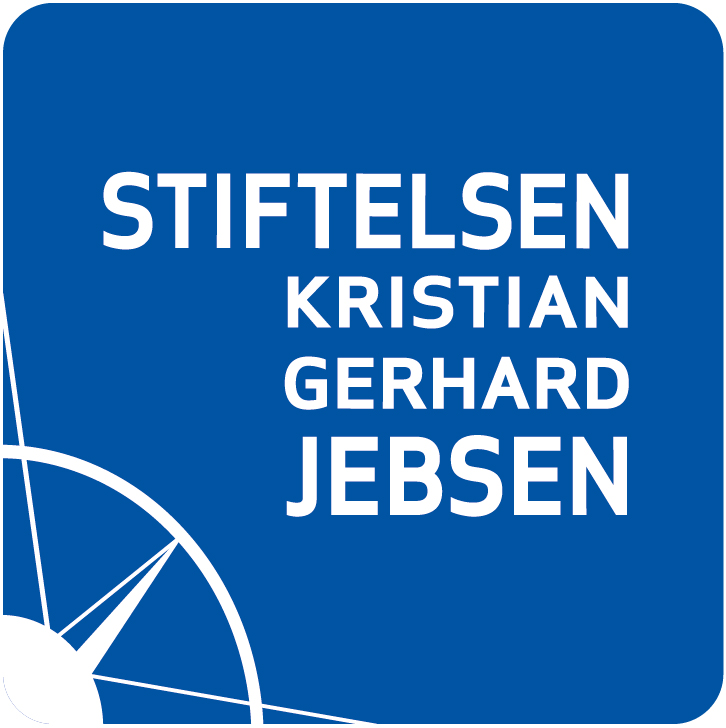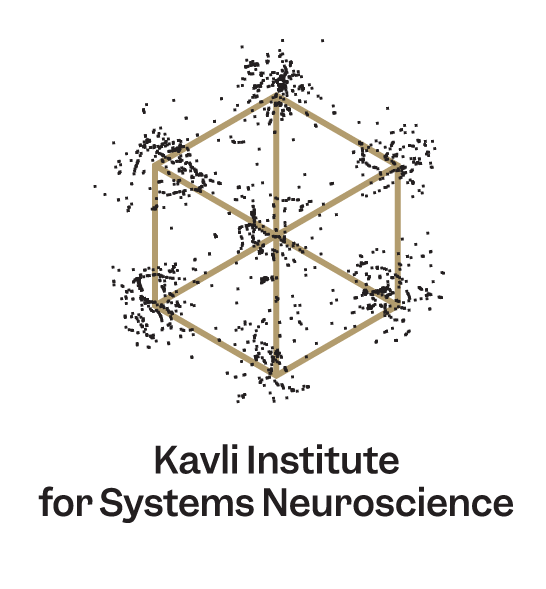WP1- K. G. Jebsen Centre for Alzheimer’s Disease
K.G. Jebsen Centre for Alzheimer's Disease
Project 1: Entorhinal-hippocampal codes for space in rodent brains
Film about the research
Background
Early AD is accompanied by intracellular accumulation of hyperphosphorylated tau (p-tau) and soluble forms of Aβ in EC-layer II, followed by neurofibrillary tangle formation and cell death. As expected from studies of navigation in rodents with selective EC lesions, the structural pathology in EC of AD patients coincides with impaired spatial orientation and navigation. How EC contributes to these dysfunctions is not yet understood but since the early 2000s, there has been an enormous boost in knowledge of the EC circuitry for spatial orientation in rodents. Based on work at NTNU´s Kavli Institute, we know now that the medial EC (MEC) is the hub of a system that maps self-location during navigation in the proximal environment. The discovery of grid cells was a breakthrough but recently the Mosers identified another mechanism for space coding in MEC, in which ‘object-vector cells’ (OVCs) fire at specific distances and directions from objects, pointing to a vector code for location and a possible basis for spatial impairments in early AD.
Objectives and methods
In WP1, we shall use a combination of large-scale neurophysiological recordings and 2-photon (2P) calcium imaging to determine (i) the features of objects that elicit firing in OVC cells, (ii) the contribution of speed and direction (vector) information to OVC activity, (iii) cellular identity, (iv) whether the scale of fields is topographically organized, and (v) whether OVCs are organized in functional modules like grid cells. This information is required to develop models for vector coding – models that will be used to test animals with therapeutic transgenic interventions in EC cells (WP3) and to develop rodent-task equivalents for human fMRI (WP4-5).






